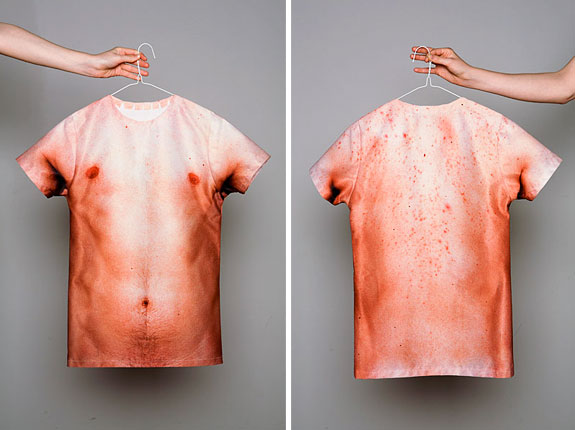Dress with Draped Design
(Working on a half scale)
1) 1. Trace around the pattern pieces; Bodice front and back, adding 0.5cm seam allowance.
2) 2. Cut across the of the waist point to create two separate piece of the front.
3) 3. Cut across the line running through the centre of the dart then reattach the pattern using the draped design technique.
4. Mark where you want the curve C - B to go.
5. Mark a straight line from B to the shoulder point. Create a curve of 0.5cm in from the line where it meets the circle which is point A.
6. Then mark out where 4cm of radius of a circle on the waist point.
7. Join the first shoulder mark with this 4cm circular line and bring it half way to the bottom.
8. and do the same for the centre dart and bring it down to half way.
9. Get rid of the shoulder Parts that are not needed on the right of the first line - neck piece.
10. Then close the chest dart which opens the shoulder dart out.
11. Add some paper at the bust point and draw a 4cm diameter of a circle.
12 Then cut along C as shown within the photographs.
13 Then cut along the first slashed open dart and close it.
14 Opening the pattern pieces out to a 8cm distance and at both the same measurements.
15 Cut up all equal section and then sew together the to inner points to create the twist.
Although I enjoyed this technique and think the final product is very aesthetically pleasing, it is not something I think I will develop further within my conceptual ideas and design work.
Through looking in to light and movement my ideas are heading towards more structured garments which create lines and angles in it's form; changing the silhouette of the body. This 'Drape Design' is more about the aesthetics on the garment, rather than a change to the over all form.
Twists don't ever happen in 'light production/movement to do with light' - as I have seen through my research in to facts and definitions about light - only, straight lines, bends and angles; which is why Subtraction cutting is much more suited to where I am thinking of heading.

